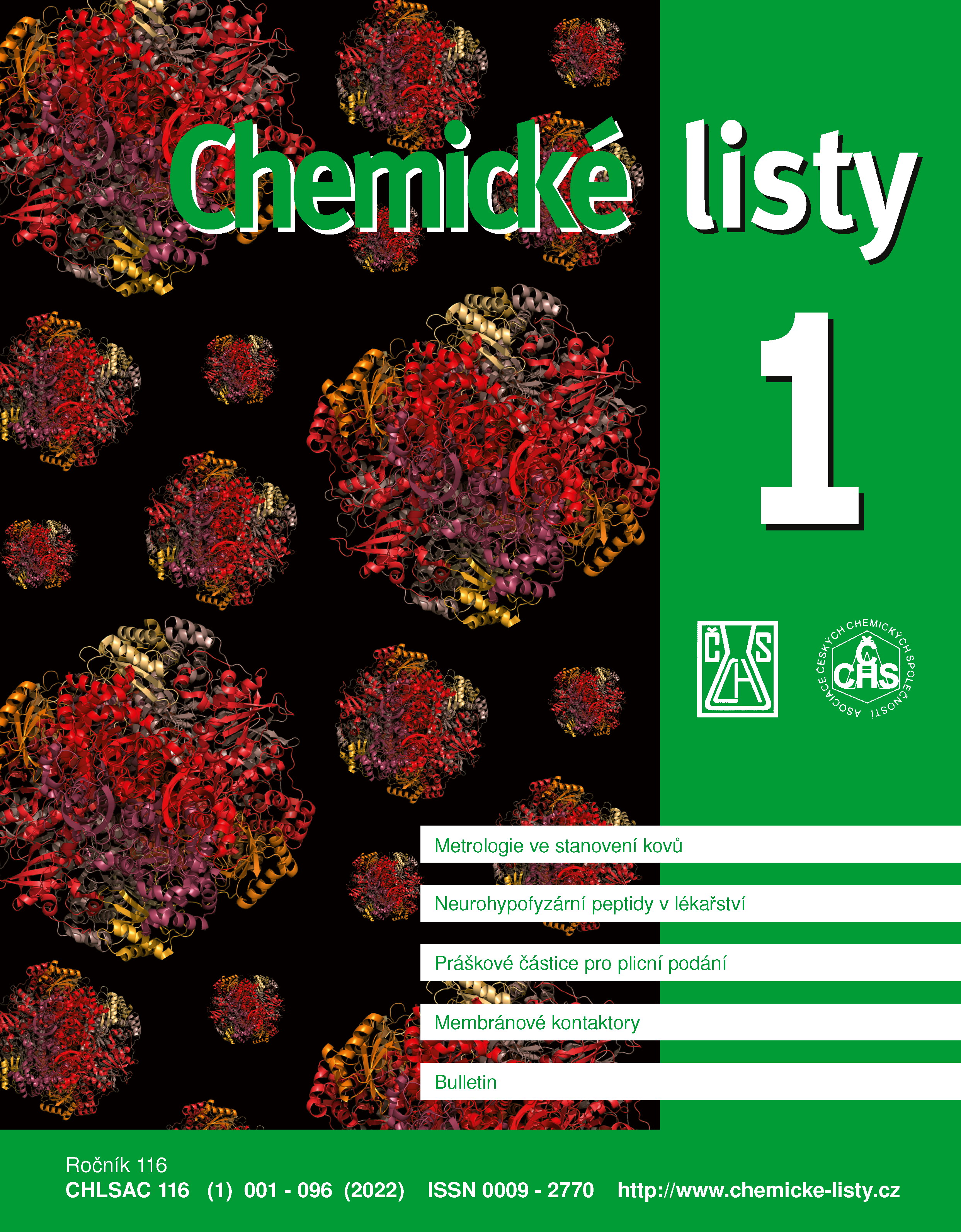Dry Powder Particles for Pulmonary Application
DOI:
https://doi.org/10.54779/chl20220028Keywords:
dry powder inhalation, large porous particles, particles preparation methods, spray drying, lung particle deposition, artificial lungsAbstract
The deposition of a drug to its required destination is crucial for effective lung treatment. It is important to design a suitable formulation that delivers the active ingredient to the desired site and resists the natural cleansing mechanisms of the airways. Large porous particles used as active substance carriers appear to be the most effective option for lung drug delivery. The present article provides a basic overview of the mechanisms of deposition of dry inhalable powders and methods of their preparation and evaluation. Spray drying together with micronization and crystallization techniques are among the most used methods of preparation of the discussed particles. Besides, these techniques can be combined with other production processes (encapsulation, emulsification, etc.). The evaluation of the properties of particles suitable for pulmonary application is based on specific requirements for their density, porosity, shape, aerodynamic parameters, and deposition in the lungs, which can now be simulated on an accurate model of artificial lungs.





